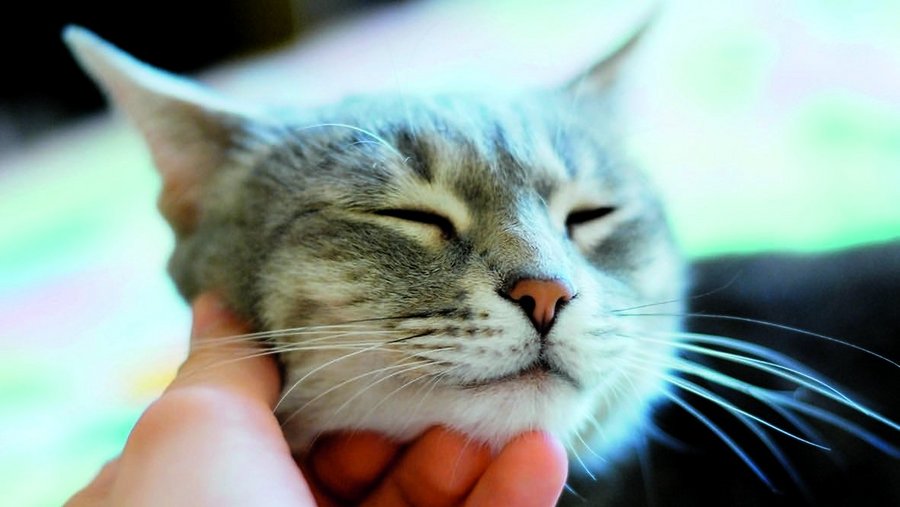We already learned a little bit about the anatomy of a cat’s face back when we talked about glands. Remember, that tip was all about scenting yourself like a cat, since cats use their face glands to mark familiar territory. But what else is in that sensitive facial area besides glands? Whiskers, of course!
Not only are whiskers rooted right at an area with lots of nerve endings, but they also have blood vessels running through each of them. This way, whickers can detect just the slightest changes in a draft or breeze. In the wild, this serves an incredibly useful purpose: cats’ sensitive whiskers help them feel—quite literally—where their prey is moving next.

However, we’re not in the wild, and since you need to keep your house just a liiittle bit cleaner than the wilderness, your kitty eats from a bowl instead. If the bowl is too narrow, though, their whiskers touch the side of the bowl the whole time, and it can become very irritating to the cat. This is commonly referred to as "whisker fatigue."
What we recommend: feed out of a flat bowl so that the cats’ whiskers never touch the side of the bowl. The one I use for Pico is a nice flat bowl that has a little bit of a lip on the edge, so the food doesn’t slide off while he’s eating it. You could also just use a saucer or a plate. Any of these options is much more "whisker-friendly."
Anytime cats or kittens aren’t irritated emotionally or physically, they’re going to feel much better about both their environment and themselves. And any time you have a happy cat, they’re much more apt to want to bond—just like we are. So, consider your cat’s whiskers this week and feed them out of a whisker-friendly bowl. Until next time, keep calm and purr on!

